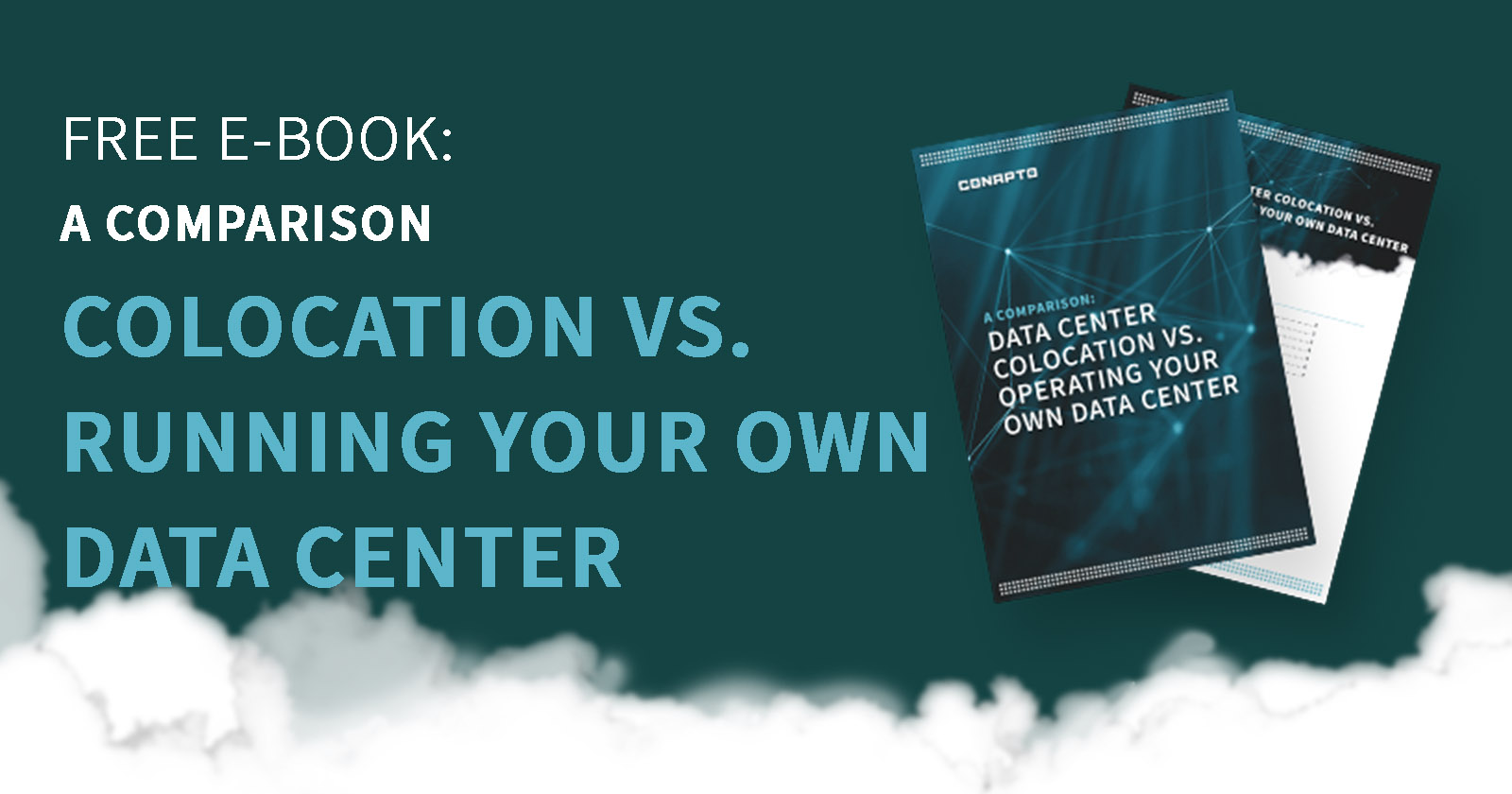Data center colocation. How, when and why is it a good fit for your company’s IT infrastructure strategy? And how does it hold up against running your own data center? We recently released an E-book that provides some insights on the matter.
Data Center Colocation – a definition
Data center colocation is the practice of housing company-owned servers and networking equipment in a third-party data center.
When using data center colocation, you consume the data center as a service. The often-used expression let your business focus on what it does best applies well here. You get the peace-of-mind knowing your ground-bounded infrastructure has a secured uptime and you leave the matters of cooling, electricity supply and physical security to a partner who is an expert in — exactly that.
In our recently launched E-book A comparison: Data center colocation vs. running your own data center we dig into pro’s and con’s of using data center colocation compared to operating your own data center. We’ll look at different parameters such as cost, compliance, performance and geographical redundancy. You’ll also find a discussion on cloud services and the role of cloud connectivity when it comes to your physical infrastructure.
“IT, efficient infrastructure and the data center itself are keys for driving business in a modern enterprise today. Meanwhile, the way in which companies choose to run data centers still varies a lot. In our latest E-book, we do a comparison between using data center colocation and running your own data center. We also cover how to manage the situation if you find yourself being “stuck” in a legacy data center that perhaps has become outdated compared to the rest of your digital environment. It’s a valuable read for anyone considering to purchase colocation or who is already in a stage of choosing a partner.” says Stefan Nilsson, CCO at Conapto.
Learn more about the contents of the E-book and access it for free download here.




 CONTACT ME
CONTACT ME  NEWSLETTER
NEWSLETTER  SITE TOUR
SITE TOUR